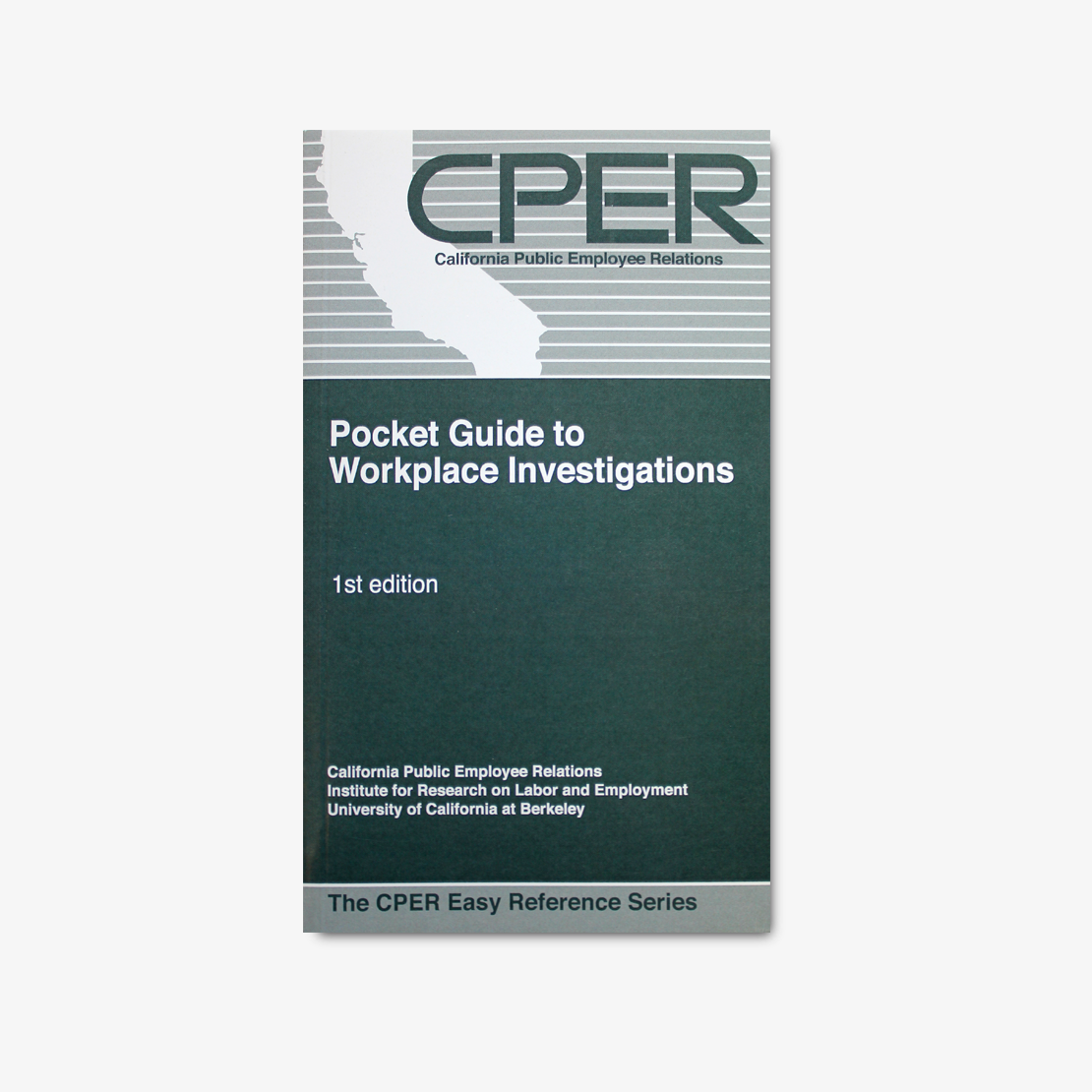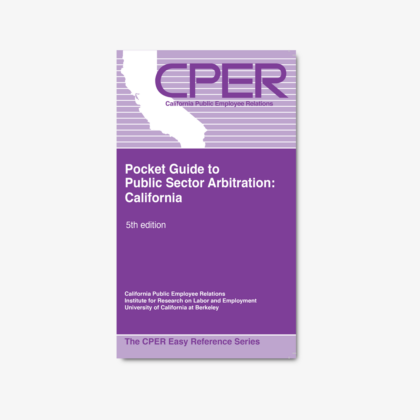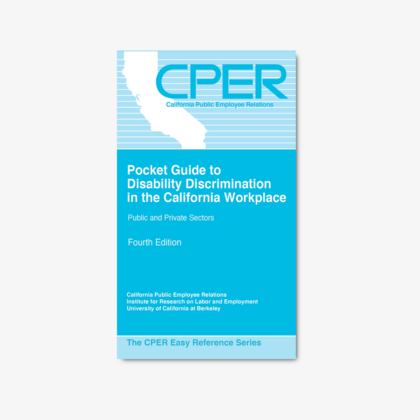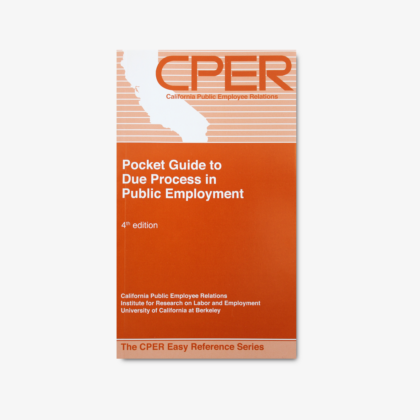This CPER guide provides the legal and logistical framework for conducting a workplace investigation – from inception to finish – for both public and private workplaces, nationally.
Workplace investigations are not a “one-size-fits-all” process. What is appropriate in any given case is invariably dictated by the facts of the situation, including workplace policies and procedures. Nevertheless, a general framework of best practices has developed over time, shaped by legal decisions and legislation that continues to evolve. What is critical in all cases is to conduct a full and fair investigation that is appropriate to the factual circumstances. Not only is a full and fair investigation important to all parties involved, it is crucial for employers in avoiding negligent investigation claims.
In addition to steps for employers, the Guide discusses employee rights at appropriate junctures. It also includes pertinent cases in this developing legal area, as well as a summary checklist and considerations for conducting the investigation.
Table of Contents
- Introduction (Page 1)
- Workplace Investigations (Page 3)
- First Stage: Preliminary Considerations and Decisions (Page 3)
- Assessing the need for an investigation (Page 3)
- Determining if a formal investigation is needed or required (Page 4)
- Choosing an investigator (Page 7)
- Interim actions (Page 10)
- Second Stage: Pre-Investigation Organization and Planning (Page 12)
- The scope of the investigation (Page 12)
- Identifying and obtaining relevant documents (Page 14)
- Identifying and classifying witnesses (Page 16)
- Deciding who should be interviewed (Page 16)
- Deciding the order of witness interviews (Page 16)
- Investigation documentation (Page 18)
- Investigator notes (Page 18)
- Tape recording (Page 20)
- Preparing for interviews (Page 22)
- Confidentiality (Page 24)
- Third Stage: Conducting the Investigation (Page 25)
- Witness interviews: common elements (Page 25)
- Interviewing the complainant (Page 28)
- Interviewing the individual who is the subject of the investigation (Page 30)
- Purpose and objective of the interview (Page 30)
- Common procedural issues encountered in interviewing the subject of the investigation (Page 32)
- Interviewing third-party witnesses (Page 36)
- Final Stage: the Investigation (Page 38)
- Standard of proof (Page 38)
- Assessing credibility (Page 39)
- Written investigation report (Page 41)
- Investigator background (Page 42)
- Applicable employer guidelines or policies (Page 42)
- Summaries of key facts (Page 43)
- Key factual findings of the investigation (Page 43)
- Conclusion (Page 44)
- Notification of investigation results (Page 45)
- First Stage: Preliminary Considerations and Decisions (Page 3)
- Legal Rights of Employees Regarding Workplace Investigations (Page 46)
- Workplace Privacy (Page 46)
- Confidentiality (Page 48)
- Requests for Investigation Documents or Information (Page 49)
- Pre-investigative interview (Page 49)
- Prior to completion of the investigation (Page 51)
- Following completion of the investigation (Page 52)
- Appeal rights (Page 53)
- Public Safety Officers and Firefighters (Page 54)
- Community College District Employees (Page 56)
- Cases and Additional Resources (Page 58)
- Cases (Page 58)
- Resources (Page 66)
- Summary Checklist for Conducting the Investigation (Page 68)
- Table of Cases (Page 73)




